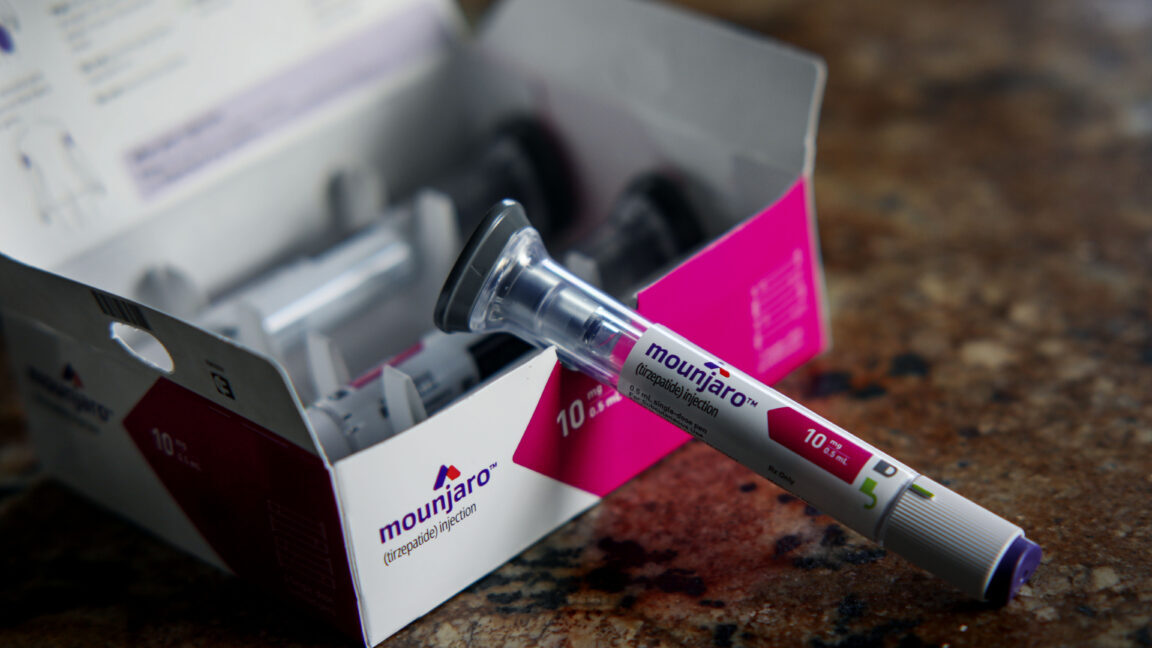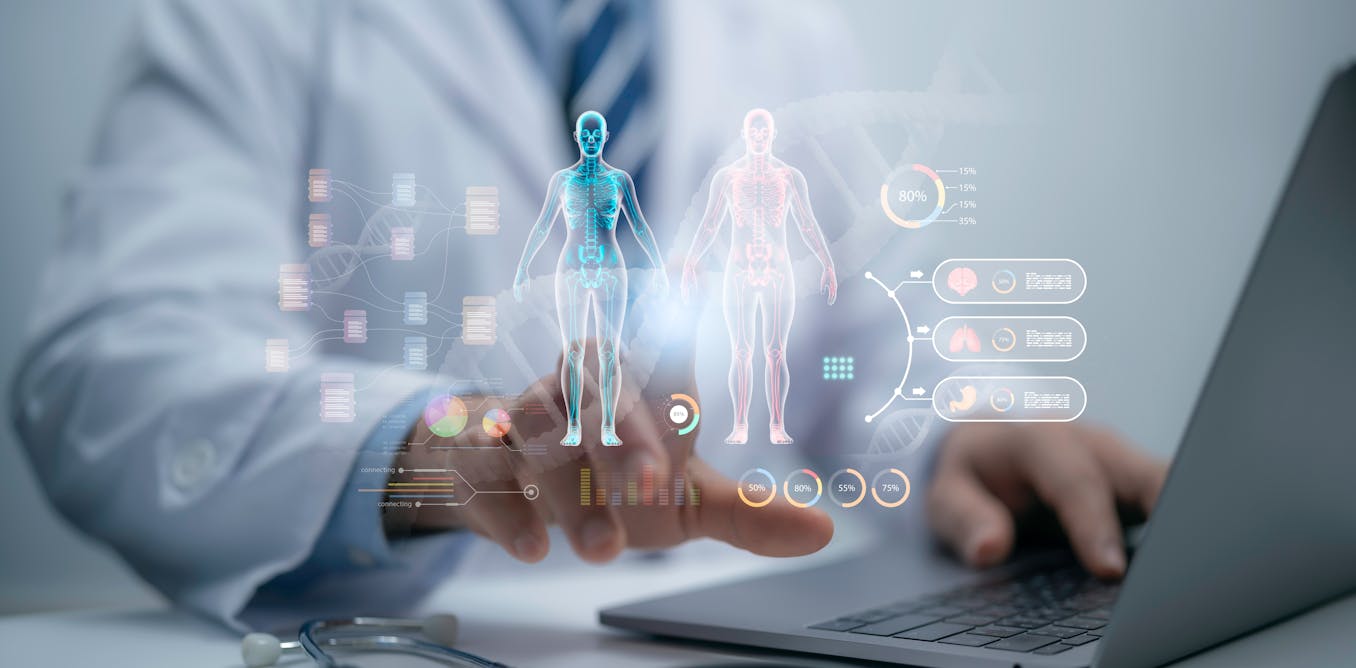Otter
I waddled onto the beach and stole found a computer to use.
🍁⚕️ 💽
Note: I’m moderating a handful of communities in more of a caretaker role. If you want to take one on, send me a message and I’ll share more info :)
- 148 Posts
- 443 Comments

 1·12 days ago
1·12 days agoCreating a bunch of accounts possibly to manipulate votes
Looking from the admin level, doesn’t happen that often. Vote manipulation is already something we keep an eye out for, and usually it’s done to highlight certain content (ex. pushing some political angle) rather than boosting one community over another.
you can stop seeing by adjusting your “Show Bot Accounts” setting
I like some bots, but I only subscribe to a bot-only community if the volume of posts is reasonable.

 4·12 days ago
4·12 days agoAlternatively, I think both metrics are helpful in different ways
- Quality over Quantity: MAU counts lurkers equally with active participants. PCM focuses on actual engagement.
- True Reflection of Activity: A community with 1000 MAU but only 10 posts/comments is less vibrant than one with 100 MAU and 500 posts/comments.
I’d say votes are also an important part of engagement. It helps differentiate between good and bad content. I’m more likely to join a community with a few good posts a day (or even a week) than a bot community with many posts a day. Going by how the subscribers counts change over time, I’d say this is a common experience.
- Spam Resistance: Creating multiple accounts to inflate MAU is easy. Generating meaningful posts and comments is harder.
While any abuse is bad, spam posts and comments are a bigger concern right now. AI generated spam / link spam is obnoxious and we deal with it often (as admins/mods). While someone could make lots of accounts to inflate MAU, it only really affects the community ranking against other communities and not day to day usage. Lemmy is already considering removing the trending section, and admins usually step in if a bunch of similar accounts are created at once.
- Easier to Track: No need for complex user tracking. Just count posts and comments.
I’m not sure I understand this point. Are the vote/comment/post calculations very resource intensive?
All that being said
- I don’t see any downside to listing the info in the places you mentioned
- If people want such a sorting option, then sure why not. Give people options

 3·13 days ago
3·13 days agoMaybe Fossify Gallery?
I see this issue requesting Ultra HDR instead of regular HDR
https://github.com/FossifyOrg/Gallery/issues/166
So it might have regular HDR?

 29·18 days ago
29·18 days agoWell this is duck duck go, I don’t think that is personalized?

 70·24 days ago
70·24 days agoSpondulix is 19th-century slang for money or cash, more specifically a reasonable amount of spending money. Spondulicks, spondoolicks, spondulacks, spondulics, and spondoolics are alternative spellings, and spondoolies is a modern variant.
TIL

 13·24 days ago
13·24 days agoI don’t like the title, quoting
With the resolution, compounding pharmacies are no longer able to produce tirzepatide. And the FDA highlighted the point to the drug makers, writing in bold that the agency “reminds compounders of the legal restrictions on making copies of FDA-approved drugs.”
In an acerbic federal lawsuit filed in Texas this week, an industry group representing large compounding pharmacies—aka outsourcing facilities—blasted the FDA for removing tirzepatide from the shortage list. The group, the Outsourcing Facilities Association, along with a Texas-based compounder, argue that the tirzepatide is still in short supply and that the FDA blindly accepted the word of Lilly—a company that is “self-interested in monopolizing the market.” The compounders back up the claim by noting that the FDA warned in its announcement that “intermittent localized supply disruptions” could continue.
The compounders called the FDA’s announcement “a reckless and arbitrary decision—lacking any semblance of lawful process,” which would “deprive patients of a vital treatment for type 2 diabetes and obesity, two of the most common and harmful medical conditions in existence.”
The compounders also claimed that the FDA broke administrative law by not allowing a public comment or notice period, not providing evidence of sufficient supply, not explaining its decision-making process, and not publishing its decision in the Federal Register.

 21·26 days ago
21·26 days agoLots of great suggestions here already
I haven’t seen mobile editing mentioned yet:
-
ImageToolbox for a very good Android image editing tool
-
Fossify Gallery for some quick editing tools built into the gallery
-
While not directly for editing,
Tidyon android allows for AI search locally -
Termux for any CLI edits (imagemagick, etc.)
-

 3·26 days ago
3·26 days agoI’d be interested in another post on that topic :)

 71·26 days ago
71·26 days agoThe message:
"I try to make my merge commit messages be somewhat “cohesive”, and so I often edit the pull request language to match a more standard layout and language. It’s not a big deal, and often it’s literally just about whitespace so that we don’t have fifteen different indentation models and bullet syntaxes. I generally do it as I read through the text anyway, so it’s not like it makes extra work for me.
But what does make extra work is when some maintainers use passive voice, and then I try to actively rewrite the explanation (or, admittedly, sometimes I just decide I don’t care quite enough about trying to make the messages sound the same).
So I would ask maintainers to please use active voice, and preferably just imperative."
Giving an example of a bad commit message, Torvalds provided this example: “In this pull request, the Xyzzy driver error handling was fixed to avoid a NULL pointer dereference.” He believes this should have been written as follows: “This fixes a NULL pointer dereference in …”
[email protected] could use more content
Cool :)
Thanks for sharing!

 5·1 month ago
5·1 month agoBattery replacement is possible but not the easiest (you may need new feet)
https://www.ifixit.com/Guide/Logitech+MX+Master+3S+Battery+Replacement/159781

 8·1 month ago
8·1 month agoReplaceable is good. I had the same recommendation for you, but I also know that some people complain about it dying on them because of a loose connector inside.
Would you be able to do with a simpler wireless mouse that uses AA batteries? There are a lot of those, you could use rechargeable eneloop/Ikea batteries in them

 36·1 month ago
36·1 month agoOr maybe
0.00 MB (restricted)

 9·1 month ago
9·1 month agoThis is separate from the controversy with the amyloid studies:
https://www.alzheimers.org.uk/for-researchers/explaining-amyloid-research-study-controversy
One of the main theories to suggest what causes Alzheimer’s disease is called the ‘Amyloid Hypothesis’. It highlights a protein called amyloid as a major contributor to what goes wrong inside the brain in this disease.
Recently, there have been some allegations published in the research journal Science concerning one research study investigating how amyloid protein builds up in the brains of people living with Alzheimer’s disease and forms plaques.
These allegations criticise a US study from 2006 that focuses on a specific type of amyloid protein called aβ*56 and its role in the causes of Alzheimer’s disease. It is alleged that some results from this study were falsified and now the reliability of the study has come into question. Allegations of this kind in research are taken extremely seriously in the research community but are thankfully very rare.
Apart from the research in question, there remains a vast amount of robust scientific evidence, which supports the view of amyloid contributing to Alzheimer’s disease.

 10·1 month ago
10·1 month agowhy do we need this fancy ‘C’ language, when we could just write everything in assembly?
No, only pure machine code. Anything else is rude. If we’re going to get help from computers, then the least we can do is speak their language

 12·1 month ago
12·1 month agohttps://en.m.wikipedia.org/wiki/Microelectromechanical_system_oscillator
Interesting
MEMS oscillators incorporate MEMS resonators, which are microelectromechanical structures that define stable frequencies. MEMS clock generators are MEMS timing devices with multiple outputs for systems that need more than a single reference frequency. MEMS oscillators are a valid alternative to older, more established quartz crystal oscillators, offering better resilience against vibration and mechanical shock, and reliability with respect to temperature variation.
So the helium causes physical interference by leaking into the housing?

 21·1 month ago
21·1 month agoThere are mock location apps that spoof your location, but it might be a lot of extra work to turn on the spoofing before opening the app each time. It also doesn’t prevent leaks if it does stuff in the background.
You could also try using the mobile site?

















Taking a look at the current sidebar, it might be nice to reorganize the stats section completely
What I’m thinking is:
By default it will only show some stats, where users can select what stats they want displayed in the settings. This way I can hide the stuff I don’t care about, instead of having to look through the already busy list.
**Statistics:** [✏️edit] - Monthly Active Users: 4,000 - Total Subscribers: 30,000 [ v see all v ]Then expanding the box will give the full list of stats:
[ ^ collapse ^ ] **Statistics:** Active Users: - By day: 800 - By week: 1,200 - By month: 4,000 - By year: 24,100 Subscribers: - Total: 30,000 - Local: 12,000 Comments: - Total: 81,000 - Today: 510 - This week: 1,315 [... etc]It opens up the possibility of including more items in that list. We could also replace the
expandoption with a link to a full statistics dashboard page.